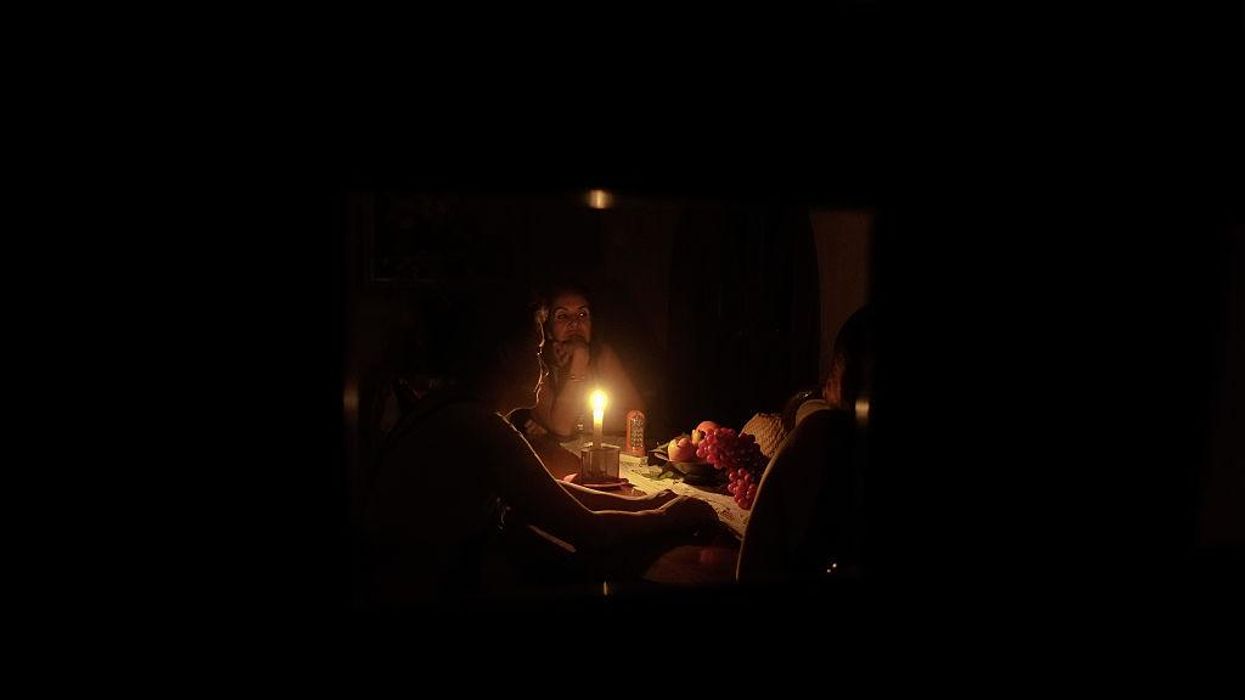
According to the National Energy Assistance Directors Association, nearly 1 in 6 American households have fallen behind on their utility bills. That amounts to roughly 20 million Americans. The NEADA suggests this is the worst crisis of its kind the organization has ever seen.
Since 2019, the average balance owed by households behind on their utility bills has increased by 97% to $792, amounting to a total of $16 billion.
The problem is partly caused and greatly exacerbated by rising electricity prices, particularly the skyrocketing price of natural gas, which generates almost 40% of U.S. electricity and is presently at a 14-year high. Electricity bills for the average consumer shot up 15% in July, compared with same time in 2021.
The problem of energy affordability is compounded by other rising costs, such as the price of food, housing, and fuel for transportation.
In July, amid an inflation rate of 8.5%, grocery store prices increased by 13.1%, constituting the biggest one-year increase since March 1979. A recent survey conducted by the Nationwide Network of Hunger-Relief Organizations indicated a 65% increase in demand for emergency food assistance in June.
Though more expensive groceries have prompted shifts in supermarket consumer behavior, such that some now purchase cheaper brands, many now find themselves confronted with a decision between housing, food, and keeping the lights on.
Jean Shu is a senior attorney at the the Center for Biological Diversity, which keeps track of utility disconnections in the U.S. He told Bloomberg that he expects “a tsunami of shutoffs.”
The NEADA compared the number of households behind in their payments in February 2021 to the number in February 2022, referencing utility companies in California, Washington, D.C., Michigan, and New York.
In California, the utility company PG&E saw an increase of households in arrears of 12.2% — from 1.1 million in 2021 to 1.3 million in 2022. It is a similar story in Michigan, where utility company Consumers Energy noted a 12% increase of households behind in their payments year over year, such that 14.5% of customers were in arrears in 2022.
Bloomberg reported that California’s PG&E Corp. has seen a 40% rise in residential customers lagging behind in their payments since February 2020. New Jersey’s Public Service Enterprise Group has seen a 30% spike in late payments (i.e., at least 90 days late) since March 2022.
Some 80% of utility customers who have had their energy shut off will likely have their service restored after a couple days. In fact, 17 states have protections that bar utility companies from shutting off the power if the temperature outside hits a certain level or if a heat advisory is in place. However, the NEADA’s executive director, Mark Wolfe, suggests that it may be too late for the other 20%, for whom eviction and homelessness are real possibilities: “People on the bottom, they can’t pay this.”
Things might get worse later this year.
High electricity bills were a challenge for many Americans looking to stay cool while under heat alerts this summer. Just as cooling has been a costly problem, so too will be heating when the weather turns.
A cold winter may prove to be a real challenge, with heating costs much higher than in previous years, particularly in the American northwest, where consumers pay more for natural gas due to a lack of pipeline infrastructure.
Eugene Kim, research director on Wood MacKenzie’s American Gas Research team, told USA Today that “[If] it’s a normal winter, we will still be faced with higher heating bills, but it won’t be a significant increase.”
However, according to Neal Dingmann, managing director of energy research at Truist Securities, if the predictions anticipating a mild winter are wrong, low inventory levels could lead to a “super spike” in natural gas prices.
This content was originally published here.


Comments are closed.